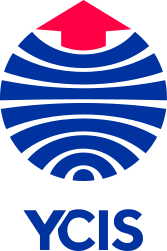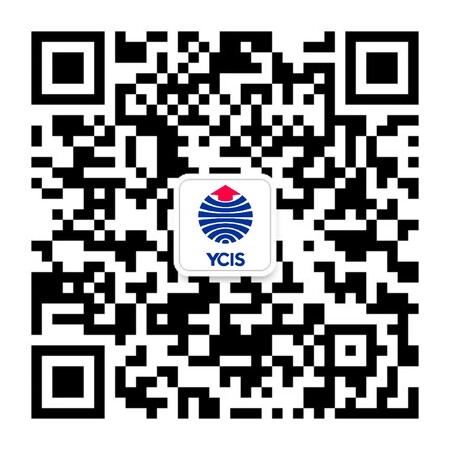Go Back
News
News
From Classrooms to Communities: Five Foundational Learning Spaces of 21st Century Learning Communities
News
30 Jun, 2017
10 : 00
Creativity. Critical thinking. Collaboration. Flexibility. When thinking about what a 21st century education model seeks to teach children, these are just a few of the adjectives that should come to mind. While the proper curriculum and teaching methodology are both important, without the proper space, delivering this content to students effectively can be very challenging.
Thankfully, more and more progressive private and international schools around the world are adapting their spaces to fit this 21st century educational mindset. Traditional classrooms separated by corridors are knocked down to make way for large and flowing open spaces. What segmented spaces remain are fitted with collapsible glass doors, ensuring that no space ever feels closed off from another.
At first glance, these wide open spaces may make parents wonder how students can focus on their learning if they’re not at their desks listening to their teachers. Below, Year 3 Co-Teachers from the Yew Chung International School of Beijing break the space down into five distinct sections that they utilize to seamlessly deliver a 21st century learning experience.
The Confucian Forum
Every Learning Community needs a large, open space in which students and teachers can gather together as a whole community. The YCIS Beijing take on this is our 杏坛, or Confucian Forum, area. Situated between two painted gingko trees, it’s the main place for students and teachers to gather as a large group.
The space will often serve as the space where a lesson is set up before breaking into small groups. It also serves as an assembly and performance space, for everything from class presentations to dramatic readings and acting. A stage and sound system can be added for even greater flexibility.
Maker’s Space
Another essential space of any Learning Community is a creative space for all kinds of different projects. YCIS Beijing’s Maker’s Space fills just that role, offering easy access to creative materials for students, mobile furniture, and wipe-clean surfaces that take away the fear of making a mess and let kids focus on their work.
Why bother having a space for art and science projects in the community? Beyond convenience, having an embedded area for these projects helps children see the links between different subjects and specialties. No longer do children dissociate artwork and science with other subjects; they are taught through the very nature of the space that it’s all linked together.
Even on days when messy projects aren’t planned, the space’s flexibility is on display, acting as a large versatile seating area also equipped with large interactive screens for traditional lessons or small group work.
The Knowledge Market
Ready availability of resources is another great benefit of a Learning Community space. At YCIS Beijing, our library section, fitted with couches and beanbag chairs, provides a comfortable place for kids to relax with a book or with work they’ve been assigned. The section is inherently designed to encourage quiet study, something that students pick up on naturally when they select this area to pursue solo or small group work.
The Library section also encourages them to take greater ownership over their resources. Students are able to freely access learning resources like dictionaries or thesauruses, increasing their control over their own learning.
Apple TV Lounges
Technology integration is essential to any 21st century education model. YCIS Beijing’s Learning Community takes full advantage, offering multiple Apple TV’s on opposite ends of the space.
Combining Apple TV’s and iPads provides a myriad of learning opportunities impossible without these tools. Teachers frequently utilise this technology to model the work that students will then break off individually to pursue on their own, demonstrating on the screen how to complete certain activities. The TV is also an excellent way to display student success by sharing student work on the screen for all their peers to see.
Teacher’s Collaboration Room
A traditional mindset might not think of the teacher’s office space as essential to student success, but proponents of 21st century education know better. In a Learning Community, all teachers sit together in a single bank of desks, providing the incredibly important opportunity for teachers to collaborate, reflect, and improve on a daily basis. It pushes teachers together and helps to form close relationships, which in turn allows them to try new ideas and evaluate them freely without the fear of failure or embarrassment.
The kitchen area in this space also encourages staff from other parts of the school to visit, inspiring incidental conversations about teaching and teaching practices. This in turn builds links across the school and expands the sense of community even further beyond the walls of this particular year level.
Learn more about our Learning Communities or contact admissions to schedule a tour of our Learning Community today!














